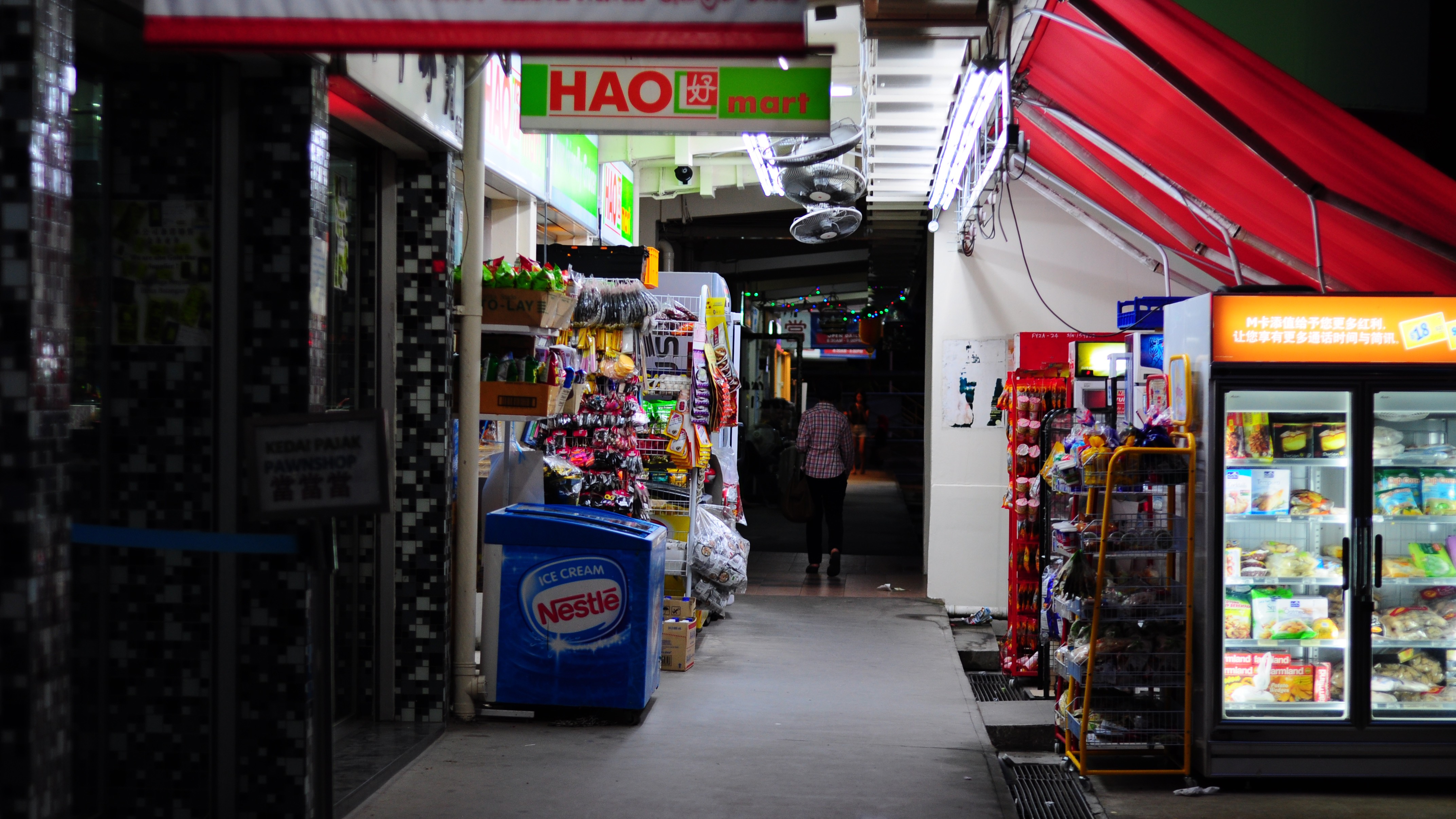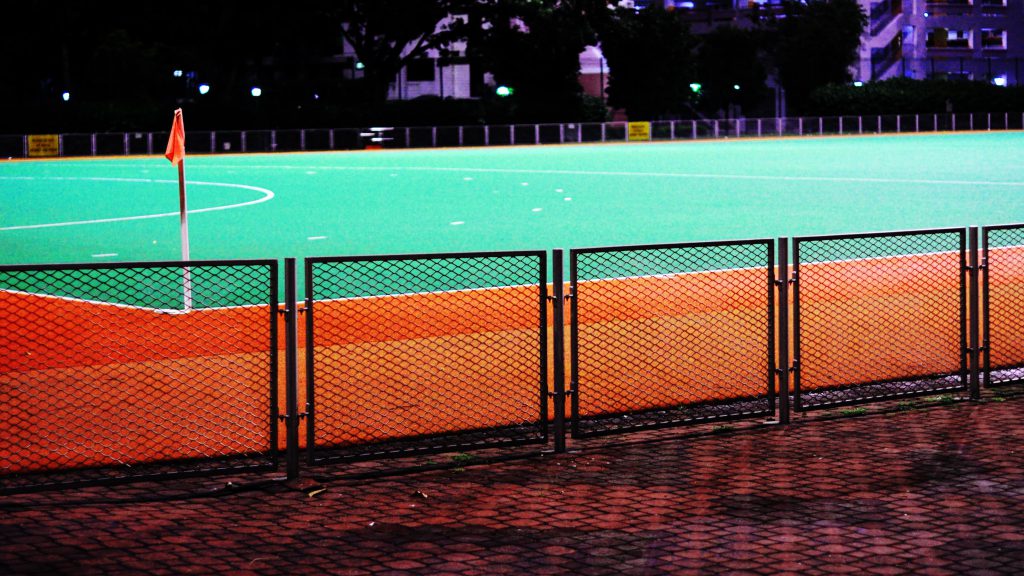The term Bukit Merah is literally translated to mean ‘red hill’ in Malay. The name originated from the hilly Malay kampung (village) made of red soil. The red-orange tinge is actually due to the presence of lateritic soils in the area, which when exposed without vegetation, makes a striking impression of a ‘blood soaked’ landscape.
There are a number of historic sites in this zone. Keppel Harbour dates back to the 14th century when it was known as Lung-Ya-Men, or Dragon Teeth Gate. Mount Faber was once known as Telok Blangah Hill. Its name was changed to Mount Faber after Captain Edward Faber cut the road up to the top in 1845 to set up a signal station. The Singapore General Hospital site dates back to 1882. Labrador Nature Park was used as a defence outpost in the 19th century until World War II.
There are nine sub-zones in Bukit Merah; Maritime Square, Bukit Merah, Redhill, Singapore General Hospital, Alexandra Hill, Henderson Hill, Bukit Ho Swee, Kampong Tiong Bahru, Depot Road, Telok Blangah Drive, Telok Blangah Way, Telok Blangah Rise, Everton Park and Tanjong Pagar.
I started off my journey into Bukit Timah with Redhill.
This is the corridor leading into a row of shops in an HDB estate minutes away from the MRT station.
This is Delta Sports Complex, best known to me for its hockey pitch. I spent a good two years here, up until the A Division Hockey Finals where VJC managed to clinch our championship. Good times.
I remember standing in the dugout before every match, anticipation mixed with adrenaline.
Next on the journey was Tanjong Pagar railway station.
I managed to get beautiful shots there as it was golden hour, and a wild streak of light struck the abandoned railway station, so there I stood, at crossroads, wondering where the winds would take me next…
I also took a shot of my girlfriend from one of the tollbooths that were left derelict. It has a rustic yet aesthetic feel, recalling memories from years long forgotten.
After that, it was Keppel bay / Keppel harbour.
I rented a small boat for us to make our way around, looking for specific shots that could be interesting.
Unfortunately, once we were past the harbour, there was not much to see of Bukit Merah except for the huge cranes needed for loading / unloading maritime cargo. The vast sea and the smell of salt in your lungs were exceptional. 10/10 would get a yacht license in future.
Loved the night shots at Keppel harbour. Splendid lights, coupled with a clear night sky, gave me some of the best night shots I’ve done thus far. Was thinking of doing a long exposure light streak under the bridge but there was a security camera. Shag.
This is the night view. Impressionist Sundown? I think Monet would approve.
One of the last stops of the journey — Depot Road and its famous water tank and Colbar Cafe.
The water tank is HUGE. Its vastness dwarves the space and houses dotted around it.
Appearing out of the foliage, it stands out as a relic of how water used to be collected in Singapore.
There we have it — Colbar Cafe. An old school cafe with an old school vibe. The interior of the cafe remained unchanged over decades, with a cement floor, wooden walls and simple tables and chairs, they harken back to a time long forgotten.
And the last stop for the journey — Vivocity and the boardwalk.
Attempting a street photography style, I wanted to depict the contrast between isolation and company, with a nice background at the back.
A cinematic shot of the railway leading towards Sentosa.
Depicting the everyday people who walk across to and from Sentosa.
Boardwalk aesthetics.
Mood: Reflective.
I need to select a genre to work with and cleave the rest aside. No room for sentimentality here. Its just making the right decision to fit the zine. At the moment, I’m still looking for an edginess to my theme, perhaps a slant in a particular way, but as of now, Wabi Sabi is what I have chosen; I’ll have to simplify photos even further, and find a way to incorporate illustration into editorials.
Theme of zine: Wabi Sabi, finding the aesthetics in the ordinary.


















Recent Comments